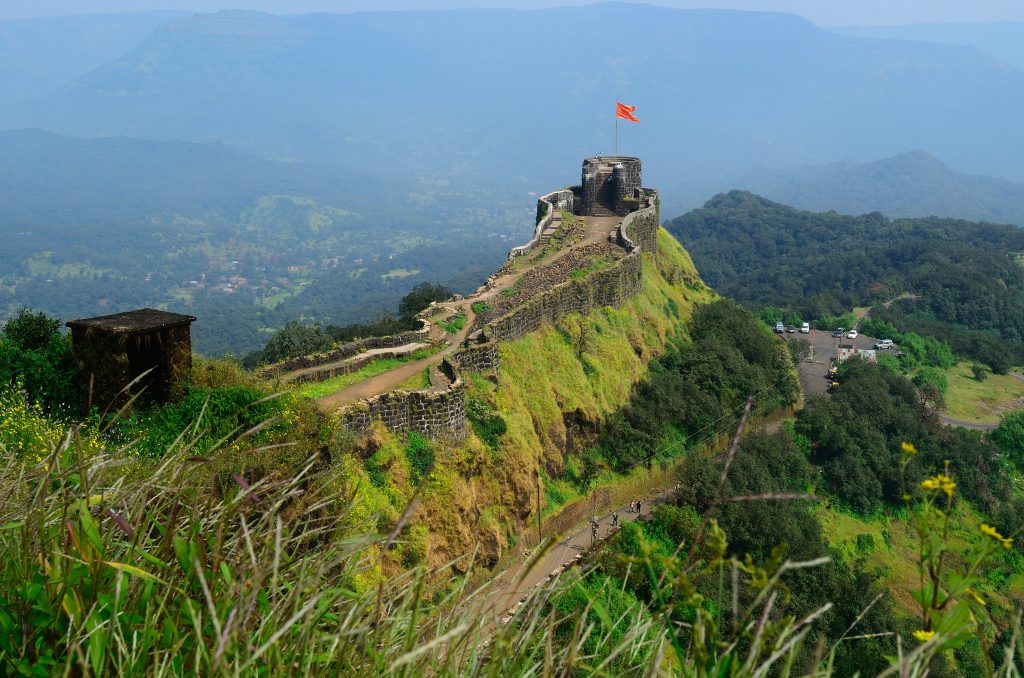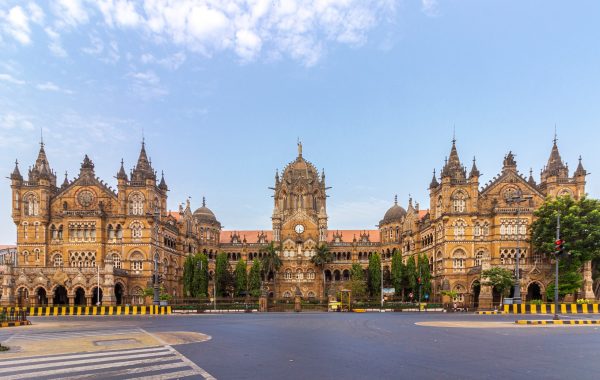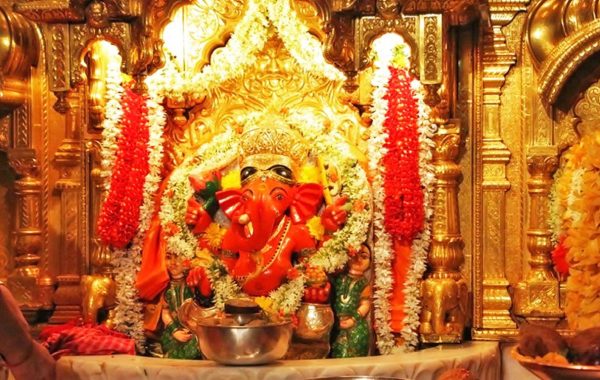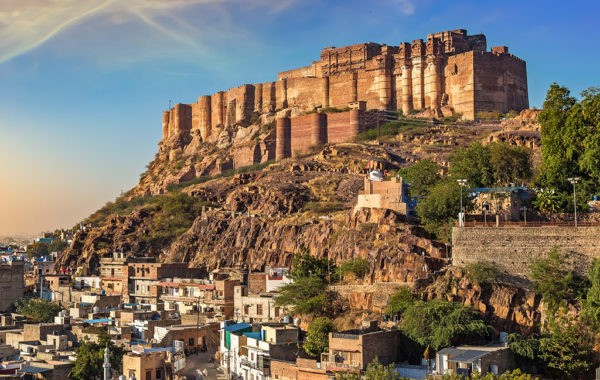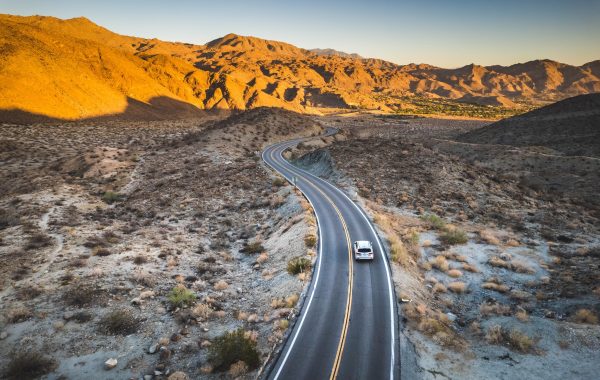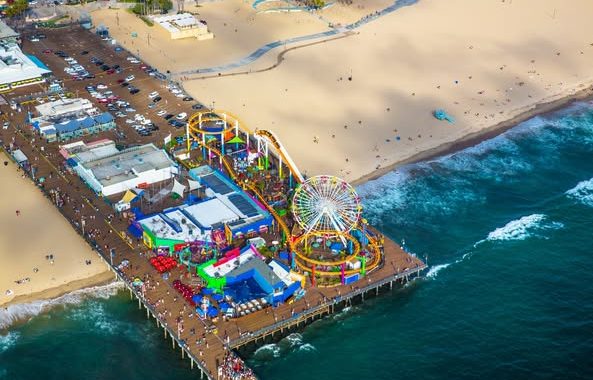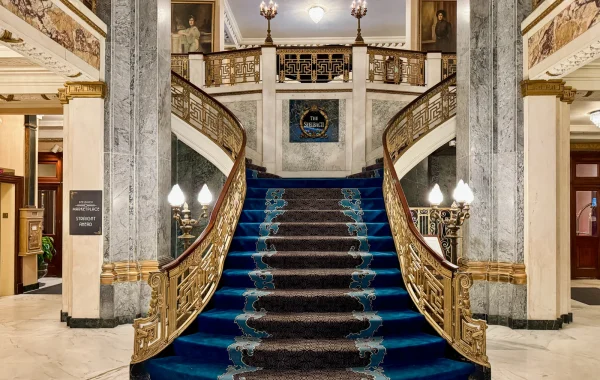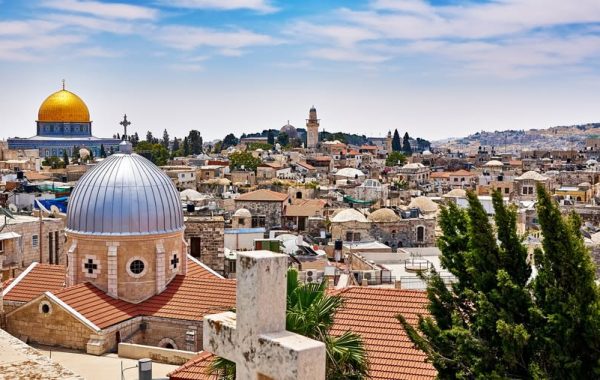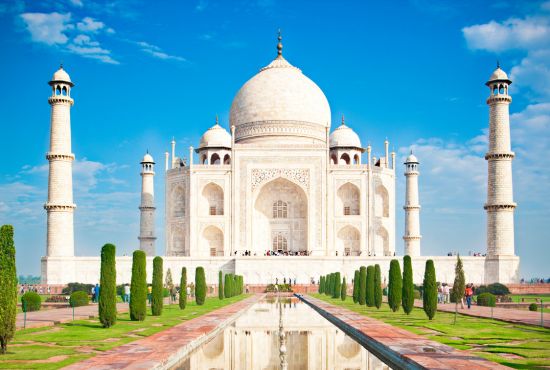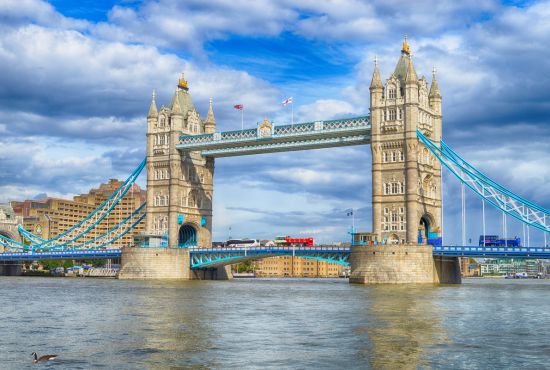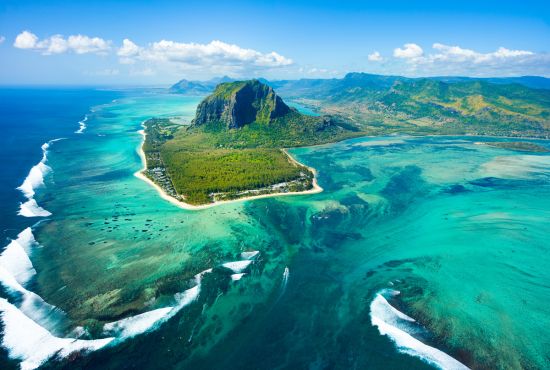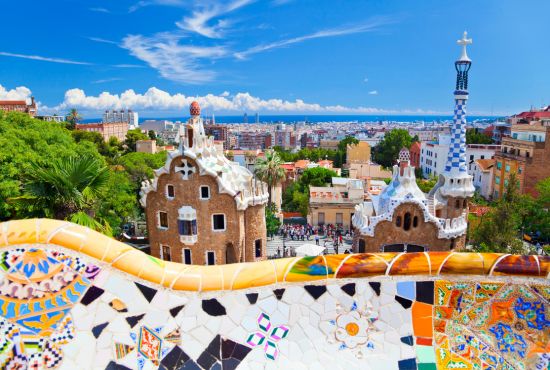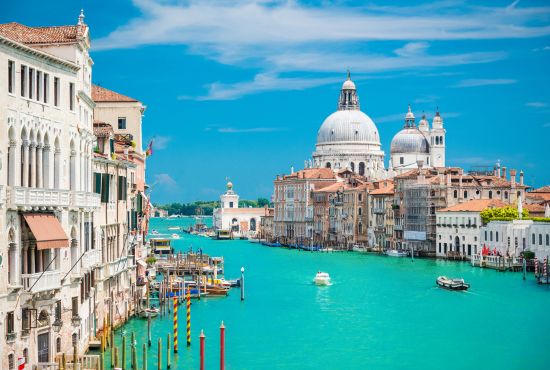The forts of Maharashtra are a testament to the region’s rich history, cultural heritage, and strategic military importance. Dotted across the state, these majestic structures played a crucial role in the defense of ancient kingdoms and empires, especially during the rule of the Marathas under the legendary leader Chhatrapati Shivaji Maharaj. Maharashtra boasts over 350 forts, each with its unique architectural style, historical significance, and scenic surroundings. These forts, perched on hilltops, by the coastline, or amidst dense forests, offer stunning views of the surrounding landscapes and are a popular destination for history enthusiasts, trekkers, and tourists. They stand as enduring symbols of Maharashtra’s valiant past, showcasing not just military might but also architectural brilliance and the spirit of resilience.
Explore some of the iconic forts that played a pivotal role during Shivaji Maharaj’s reign, showcasing his enduring legacy as one of India’s greatest rulers.
SHIVNERI FORT
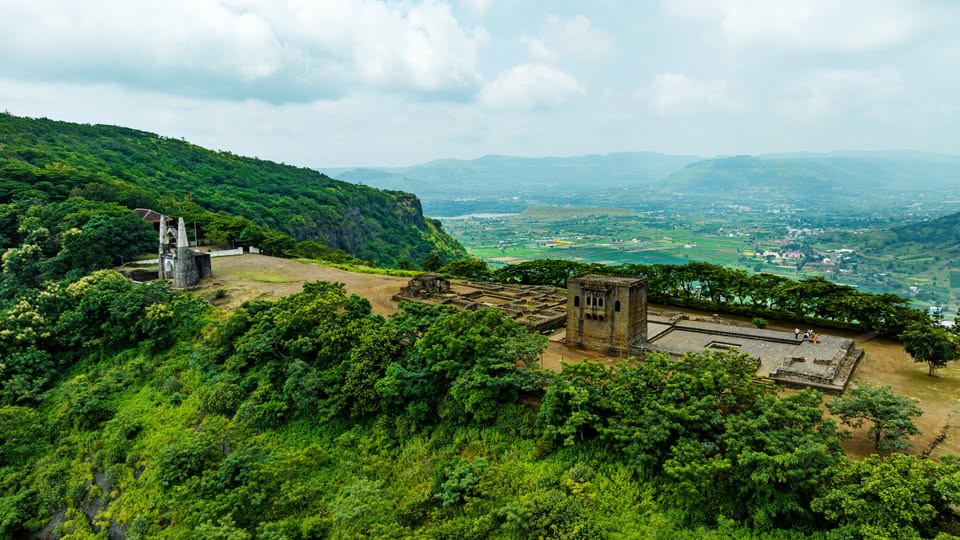
Shivneri Fort, a symbol of Maratha pride, is perched atop a hill near Junnar in Pune district of Maharashtra. Shivneri Fort holds the distinction of being the birthplace of Shivaji. A statue of Chhatrapati Shivaji Maharaj as a child can be found here, commemorating the fact that he spent the first six years of his life at this fort.
History and Architecture
Being the birthplace of Chhatrapati Shivaji Maharaj, gives the fort immense historical significance. Renowned for its impressive architecture, the fort provides visitors with a window into the area’s rich heritage.
The fort has a distinctive triangular shape and features seven well-defended gates. Surrounded by steep cliffs on all sides, it is naturally fortified and difficult to attack. Numerous water tanks and wells within the complex ensured a consistent water supply for its inhabitants.
Shivneri Fort’s history dates back to the 6th century, initially under the rule of the Mauryas. It was subsequently controlled by the Chalukyas, Rashtrakutas, and Yadavas. In the 13th century, the fort fell under the Delhi Sultanate’s control. In 1430, it was captured by the Adil Shahi dynasty of Bijapur, and in 1630, the Mughal Empire took over. Finally, in 1674, Chhatrapati Shivaji Maharaj captured the fort.
How to Reach
By Road: Pune – 98 km; Mumbai – 177 km; Junnar – 3 km.
By Train: Nearest railway station – Pune (98 km)
By Air: Pune Airport – 93 km ; Mumbai Airport – 184 km
PURANDAR FORT
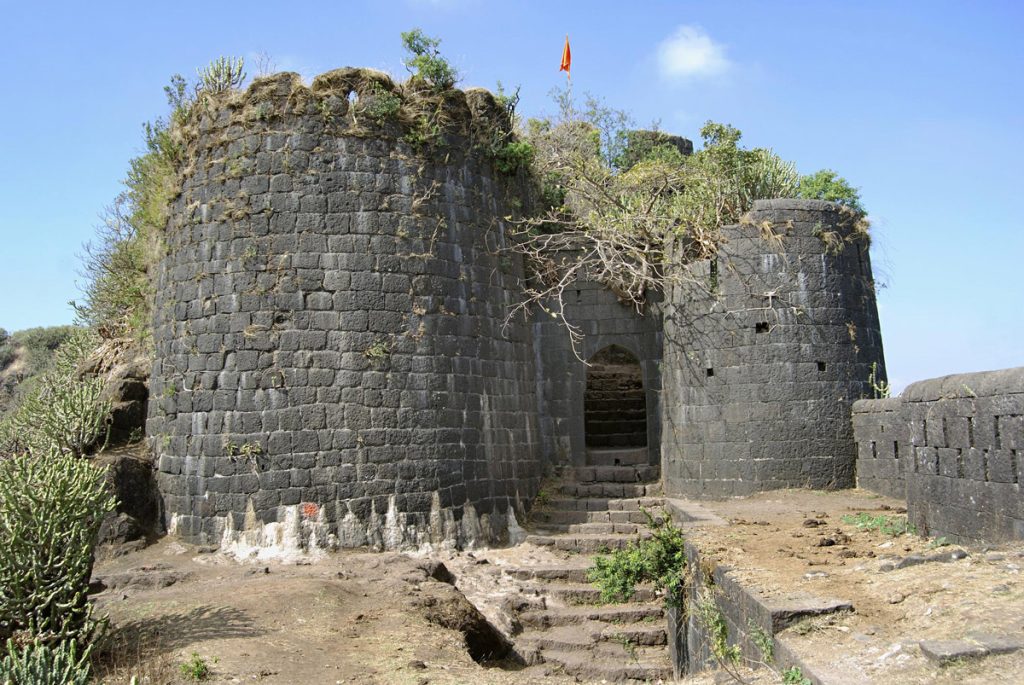
Located in the Pune district, Purandar is a prominent mountain fort, rising to an elevation of 1,374 meters (4,508 feet) within the Sahyadri Mountains. It holds considerable historical significance, having played a key role in the rise and decline of the Maratha Empire.
History and Architecture
Purandar Fort has a rich history that dates back to the 13th century. In the 14th century, the Bahamani Sultans added walls and bastions to the fort. Its strategic location made it a valuable asset for various rulers, including the Adilshahis, Mughals, and Marathas. In 1646, Chhatrapati Shivaji Maharaj, the renowned Maratha leader, captured the fort and fortified it as a key stronghold of the Maratha Empire.
Purandar Fort also holds historical significance as the birthplace of Chhatrapati Sambhaji Maharaj, Shivaji’s son, who became the second Chhatrapati of the Maratha Empire, celebrated for his courage and strategic acumen.
Purandar Fort is also notable for its impressive architectural features. Its robust fortifications, detailed carvings, and thoughtfully designed layout highlight the engineering skill of its time.
How to Reach
By Road: Pune – 41 km.
By Train: Nearest railway station – Pune (40 km).
By Air: Pune Airport – 47 km.
RAIGAD FORT
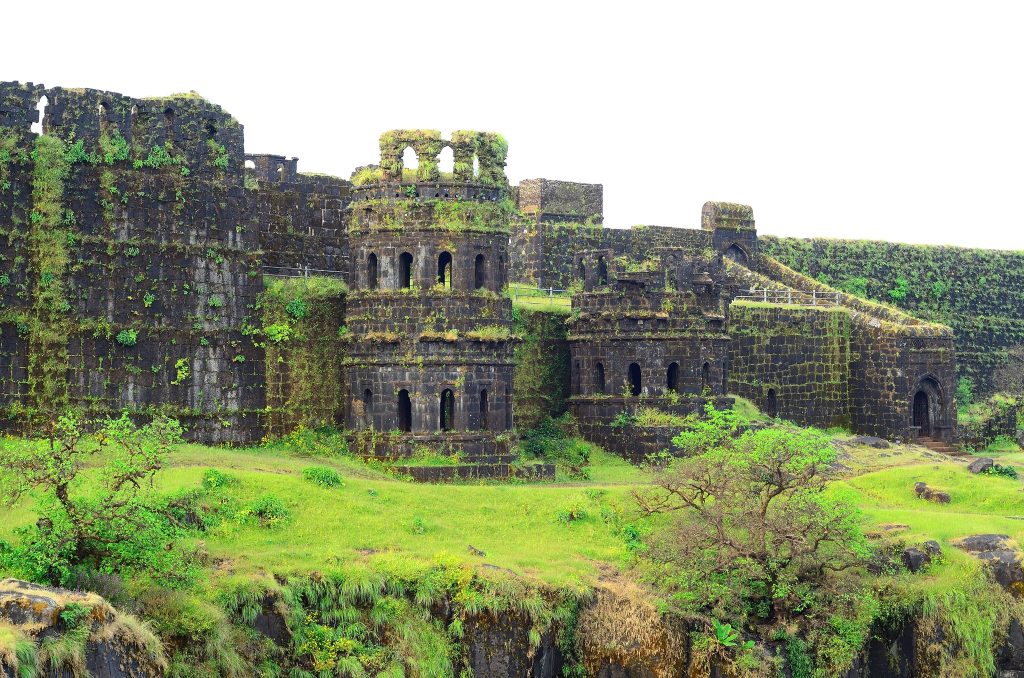
Located about 25 km from Mahad town in Maharashtra’s Raigad district, the historic Raigad Fort is perched atop a hill in the Sahyadri Mountains. At an elevation of 2,700 feet above sea level, the fort provides breathtaking panoramic views of the surrounding landscape. Its strategic location and robust defenses make it one of the most significant forts in Indian history.
History and Architecture
Raigad Fort served as the capital of the Maratha Empire from 1674 to 1818. The fort’s design was strategically crafted to enhance its defensive strength, incorporating several layers of fortifications, bastions, and gateways. When Shivaji ascended the Maratha throne in 1674 AD, Raigad Fort became the hub of his administrative and military activities. Under his rule, the Maratha Empire flourished and expanded significantly, encompassing a large part of western and central India.
By Road: Pune – 132 km; Mumbai – 167 km; Mahad – 25 km.
By Train: Nearest railway stations – Pune (134 km); Mangaon (29 km)
By Air: Pune Airport – 140 km ; Mumbai Airport – 175 km
SINHAGAD FORT
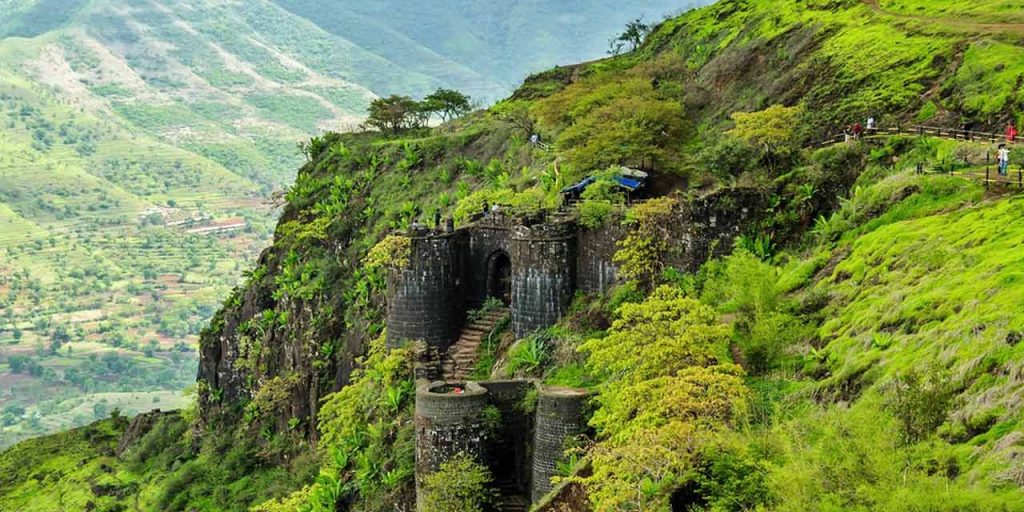
Sinhagad Fort, which translates to “Lion’s Fort,” is perched on a cliff in the Bhuleshwar range of the Sahyadri mountains in Pune district of Maharashtra, approximately 1,312 meters above sea level. Also known as Kondhana Fort, it was crucial to the Maratha Empire’s expansion and consolidation under Chhatrapati Shivaji Maharaj. The fort’s strategic position and robust defences made it an essential stronghold for the Marathas, allowing them to protect their lands and launch offensives against their adversaries.
History and Architecture
The fort’s history can be traced back to the 2nd century BCE. This formidable fortress was considered nearly impenetrable due to its steep slopes, which made it difficult for enemies to approach. The architecture reflects its strategic importance and defensive capabilities, featuring massive stone walls, bastions, watchtowers, and gateways. The fort’s intricate layout includes narrow passageways and hidden chambers, posing significant challenges for intruders. Today, a motorable road provides access to the fort.
Sinhagad Fort boasts a rich history dating back to the 2nd century BCE and has been the site of numerous battles and power struggles. The story of Yashwanti, the monitor lizard, is a well-known legend. It is said that Tanaji Malusare, a general in the Maratha empire, used Yashwanti to help scale the heights of Sinhagad Fort and reclaim it from the Mughals in 1670. Sadly, Tanaji lost his life in the battle. Upon hearing of his death, Chhatrapati Shivaji reportedly said, “Gad aala, pan Sinha gela,” which translates to, “The fort is captured, but the lion is lost.” This poignant statement is the reason why the fort came to be known as Sinhagad.
How to Reach
By Road: Pune – 30 km
By Train: Nearest railway station – Pune (33 km)
By Air: Pune Airport – 40 km
TORNA FORT
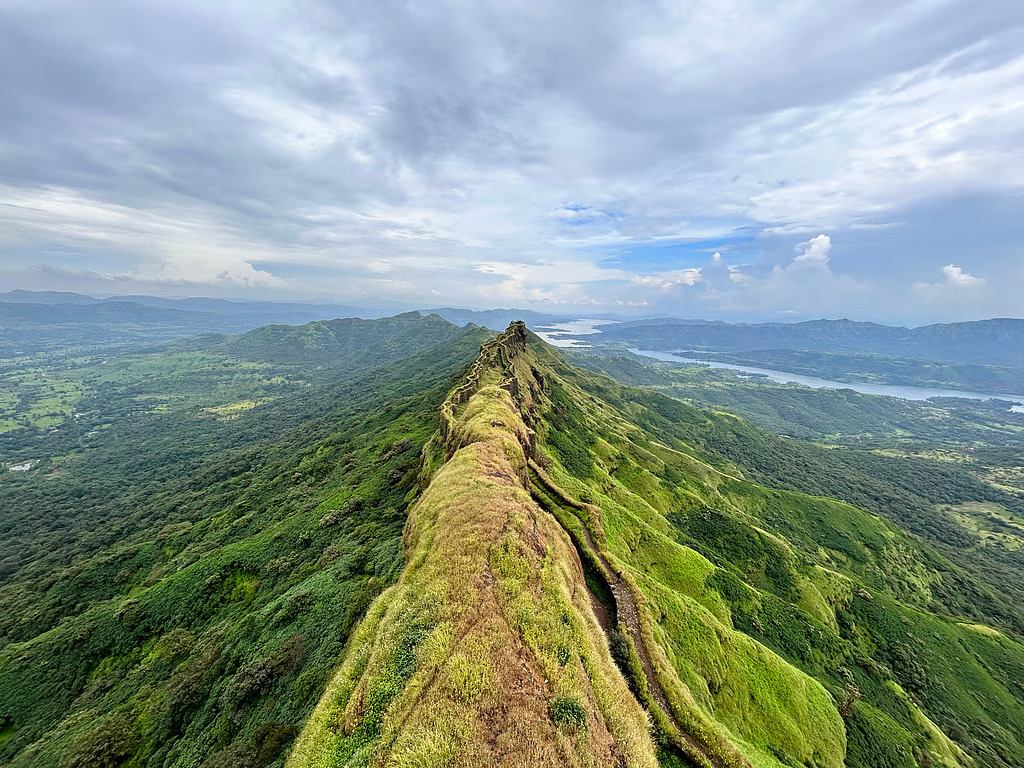
Torna Fort, also known as Prachandagad, is a magnificent hill fort situated in the Pune district of Maharashtra, India. At 1,403 meters (4,603 feet) above sea level, it is the tallest hill fort in the region and a notable feature of the Sahyadri mountain range. Its historical importance and strategic location attract trekkers, history enthusiasts, and nature lovers.
History and Architecture
Torna Fort holds a significant place in Maratha history. In 1646, at just 16 years old, Chhatrapati Shivaji Maharaj captured the fort, marking a significant milestone in his quest for independence and establishing his military prowess, which laid the foundation for the rise of the Maratha Empire. The fort’s well-preserved structure showcases the architectural brilliance of its time. Its fortifications, including robust walls, bastions, and gateways, demonstrate its formidable defensive capabilities.
How to Reach
By Road: Pune – 55 km
By Train: Nearest railway station – Pune (58 km)
By Air: Pune Airport – 64 km
HARISHCHANDRAGAD FORT
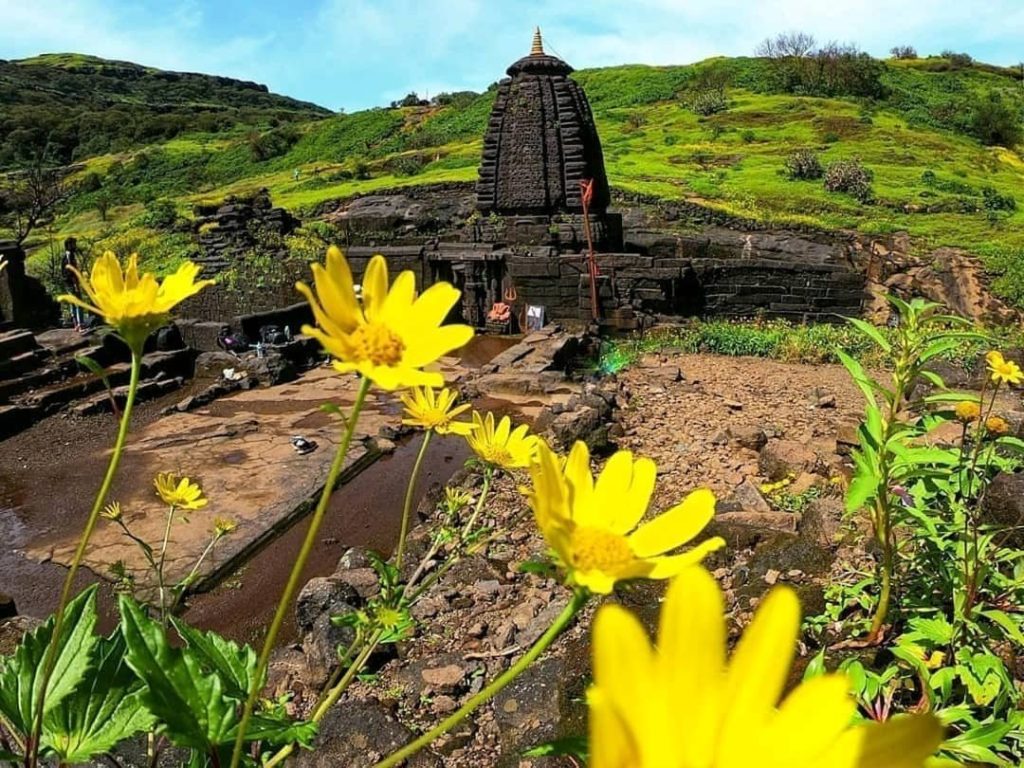
Located in the Sahyadri mountains in Ahmednagar district of Maharashtra, Harishchandragad is a stunning hill fort that rises to an elevation of 4,670 feet. Its impressive height and historical significance have long drawn the interest of both adventurers and history enthusiasts.
History and Architecture
The origin of Harishchandragad dates back to the 6th century, when it was established under the Kalachuri dynasty. Its advantageous position, perched above Malshej Ghat, made it an important fortification for overseeing local trade routes and defending against potential invaders. Throughout its history, the fort was the site of many conflicts and changed hands several times, including periods of control by the Mughals and the Marathas.
How to Reach
By Road: Mumbai – 202 km, Igatpuri – 81 km.
By Train: Nearest railway stations – Mumbai (217 km); Igatpuri Train Station (81 km)
By Air: Mumbai Airport – 209 km, Nashik Airport (129 km)
PRATAPGAD FORT
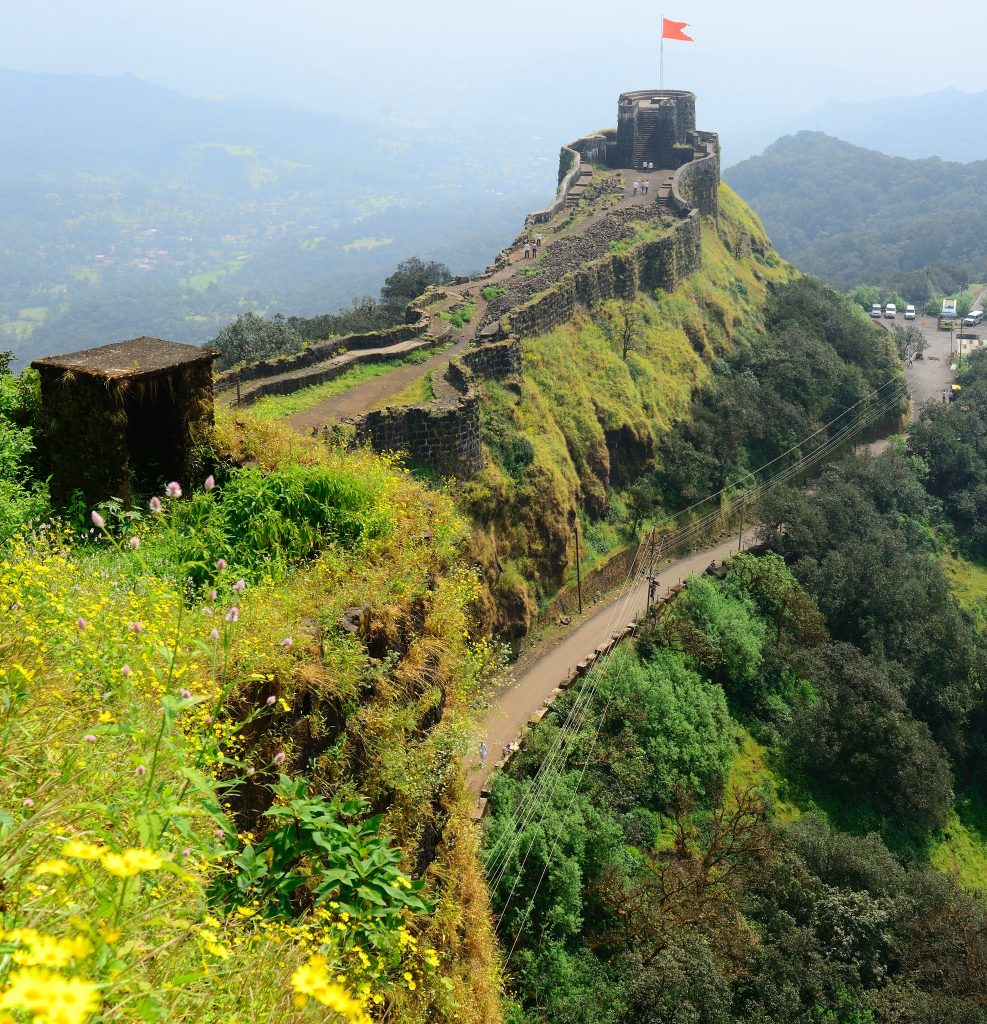
Located in the Satara district of Maharashtra, on the outskirts of Mahabaleshwar, the Pratapgad Fort stands 1,100 meters above sea level, providing stunning vistas of the verdant valleys and the dramatic mountain range nearby. It has become a favoured spot for tourists.
History and Architecture
The fort was commissioned by Chhatrapati Shivaji and built in 1656 by his prime minister, Moropant Trimbak Pingle. Its purpose was to monitor the Javali basin and protect the Nira and Koyna riverbanks, along with the Par Pass. Located on a ridge of the Sahyadri Mountains, the fort is encircled by thick forests and features several bastions, making it a well-fortified structure.
The fort was notably the site of the Battle of Pratapgad in 1659, where Shivaji’s troops defeated Afzal Khan, a general of the Bijapur Sultanate. Following this significant victory, Shivaji ordered the construction of the Afzal Buruj dargah at the fort. This battle marked a crucial moment in Shivaji’s rise as a formidable military leader.
How to Reach
By Road: Pune – 140 km.
By Train: Nearest railway stations – Pune (142 km), Satara (81 km)
By Air: Pune Airport – 149 km
SINDHUDURG FORT
Sindhudurg Fort is a formidable maritime fortress situated on an island in the Arabian Sea, near Malvan in Maharashtra’s Konkan region. Constructed by the renowned Maratha leader Chhatrapati Shivaji Maharaj, the fort’s strategic position and robust defenses contribute to its status as a notable tourist attraction and a symbol of Maratha strength.
History and Architecture
Built between 1664 and 1667, the Sindhudurg Fort is an imposing fort surrounded by water and rocks on all sides, which made it virtually impossible for the enemy to approach it without being spotted from a distance. Historians say it was built to keep the invaders, such as the Siddhis, Portuguese and British, at bay. The fort has witnessed fierce battles for its control, including one with the Portuguese in 1693. It also functioned as a base for Shivaji’s naval campaigns against the Portuguese and Siddhi fleets. Its strategic role and historical importance have led to its designation as a protected monument. The fort is a stunning example of 17th-century Maratha military architecture.
How to Reach
By Road: Mumbai – 490 km.
By Train: Nearest railway stations – Goa (140km); Kudal (32 km)
By Air: Goa (Mopa) Airport – 82 km; Sindhudurg Airport (23 km)
MURUD-JANJIRA FORT
Located on an island near the coastal village of Murud, in Raigad district of Maharashtra, approximately 55 km from Alibaug, Murud Janjira Fort is situated on a massive rock in the middle of the Arabian Sea. This fort has withstood the test of time, establishing itself as one of India’s most formidable coastal fortifications.
History and Architecture
Janjira Fort’s origins date back to the 14th century when it became a stronghold for the Siddi dynasty, a powerful naval force of African descent. Despite numerous sieges and battles over the centuries, the fort never succumbed to any invading power. This resilience is credited to its strategic location, intricate defences, and the brave resistance of its defenders.
The fort is an architectural marvel, reflecting a blend of Indian and African influences. Its oval-shaped walls, made from laterite and basalt, rise to a height of 40 feet and are adorned with 19 rounded bastions. These bastions, once armed with powerful cannons, provided a formidable defence against attackers.
How to Reach
By Road: Mumbai – 149 km; Alibaug – 54 km.
By Train: Nearest railway stations – Mumbai (142 km); Roha Station (40 km)
By Air: Mumbai Airport – 156 km.
LOHAGAD FORT
Lohagad Fort, aptly named the “iron fort,” stands out as a prominent destination in Pune district of Maharashtra. This majestic hill fort is situated in the Sahyadri hills near the hill station of Lonavala. It stands at an elevation of 1,033 meters (3,389 feet) above sea level and serves as a geographic divider between the Indrayani and Pavna basins.
History and Architecture
Lohagad Fort’s construction is attributed to the Lohtamia dynasty, who ruled the region during the 10th century CE. Over the centuries, it has seen numerous battles and changes in ownership, passing through the hands of various rulers, including the Mughals and the Marathas. In 1648, the legendary Maratha warrior Chhatrapati Shivaji Maharaj captured the fort, turning it into a strategic stronghold for his kingdom. Lohagad Fort showcases the architectural prowess of its builders, with its sturdy walls and bastions designed to withstand attacks.
How to Reach
By Road: Pune – 65 km.
By Train: Nearest railway stations – Pune (64 km); Malavli (6 km)
By Air: Pune Airport – 70 km.
PANHALA FORT
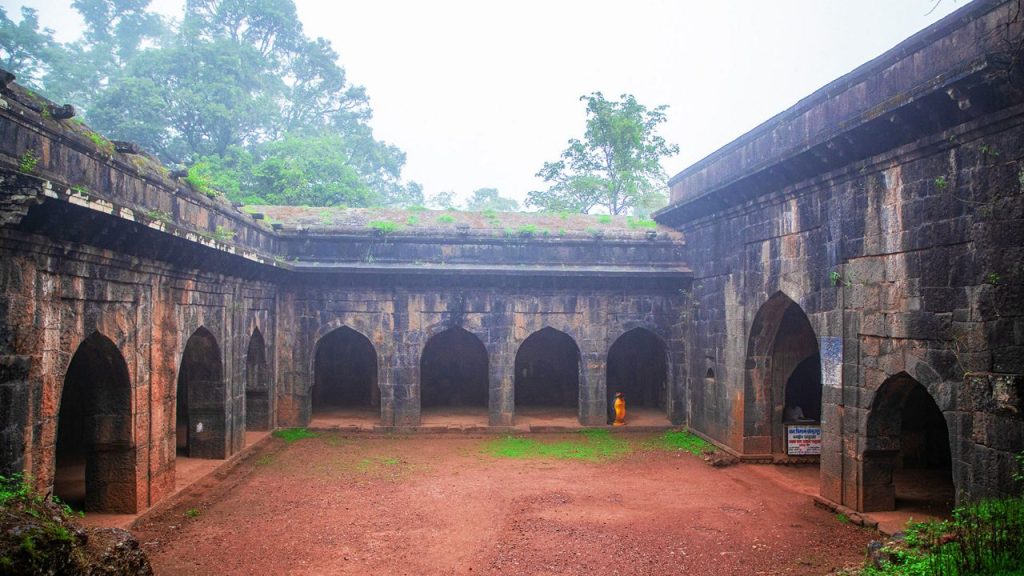
Panhala Fort, also known as Panhalgad or Panhalla (“the home of serpents”), is a majestic hill fort located 20 kilometers northwest of Kolhapur. It is one of the largest forts in the Deccan region, perched at an elevation of 977 meters and surrounded by 7 kilometers of fortifications. Strategically positioned, it overlooks a crucial pass in the Sahyadri mountain range that connected Bijapur in Maharashtra’s interior to the coastal regions. This location made Panhala Fort a focal point for numerous skirmishes involving the Marathas, Mughals, and the British East India Company.
History and Architecture
The construction of Panhala Fort dates back to the 12th century, specifically between 1178 and 1209 CE. It was one of 15 forts, including Bavda, Bhudargad, Satara, and Vishalgad, erected by the Shilahara ruler Bhoja II. The fort played a crucial role in the history of the Maratha Empire. Chhatrapati Shivaji Maharaj, the empire’s founder, recognized its strategic importance and captured it in 1673. Panhala Fort served as the Maratha capital for a significant period, with Shivaji spending over 500 days there—longer than at any other fort except his childhood residences. Today, Panhala Fort is a prominent tourist attraction, drawing visitors from across India and beyond.
How to Reach
By Road: Pune – 233 km; Goa – 238 km; Kohlapur – 23 km.
By Train: Nearest railway stations – Pune (236 km); Goa (244 km); Kolhapur Railway Station (22km).
By Air: Pune Airport – 242 km; Goa (Mopa) Airport – 186 km; Kolhapur Airport – 31 km
For latest travel news and updates, food and drink journeys, restaurant features, and more, like us on Facebook or follow us on Instagram. Read more on Travel and Food Network
Related Content
Maharashtra: The Evergreen Vacation Destination | Travel Guide
47 Places To Visit In Maharashtra | Travel Guide
A New Yorker at heart, an unapologetic anglophile, national parks explorer and former head of National Geographic publishing in India, Ritika is the Global Editor for Travel and Food Network and leads all journalism across platforms, including news, digital, videos, and social media. She writes features focused on narrative storytelling, industry trends, destinations, culinary travel, and how-to advice and is an advocate for sustainable travel. You can follow her on Instagram @newyorkeratheart


